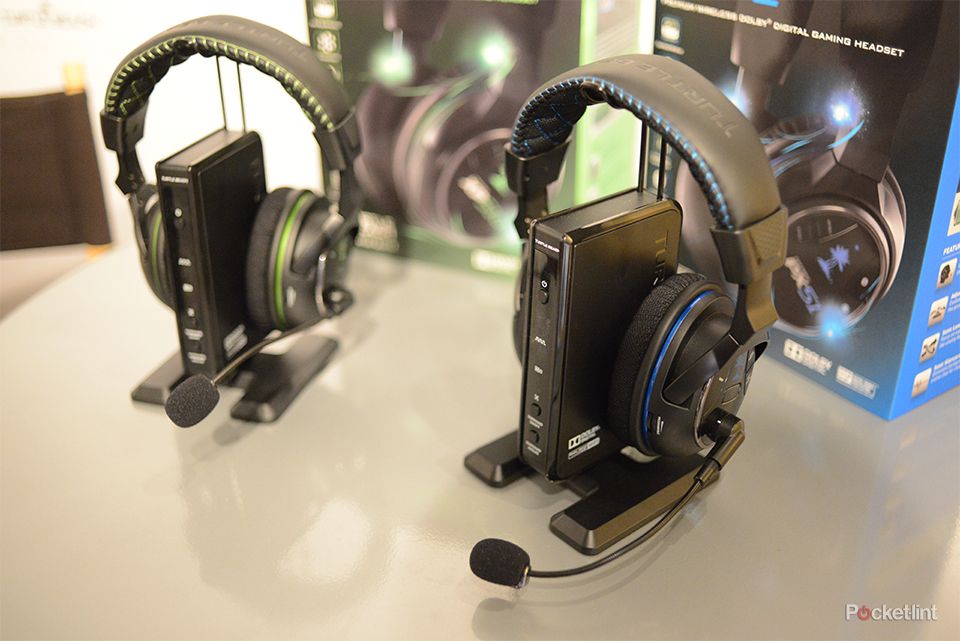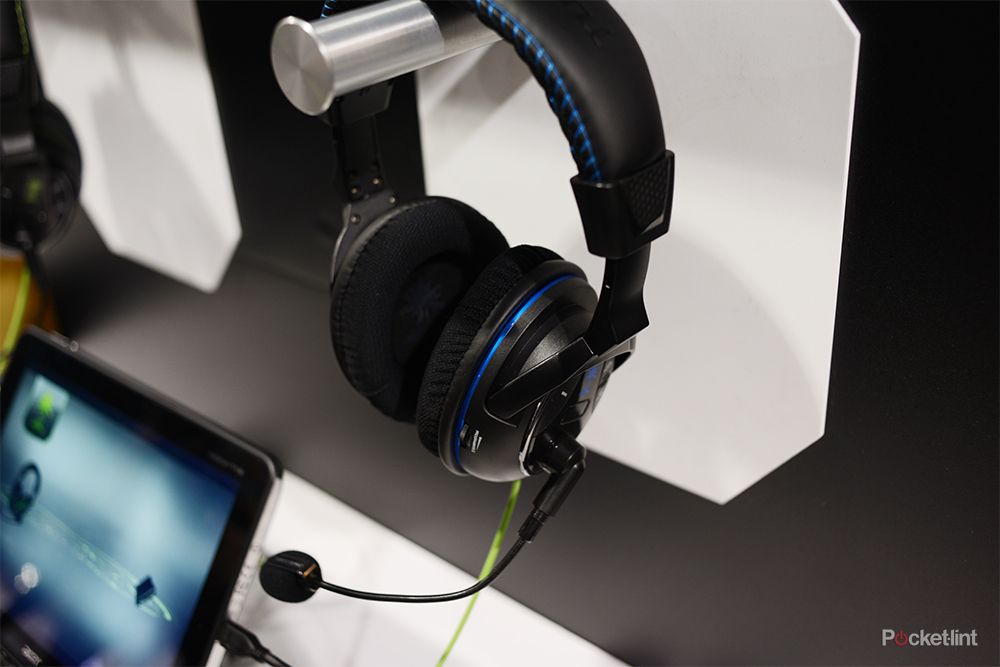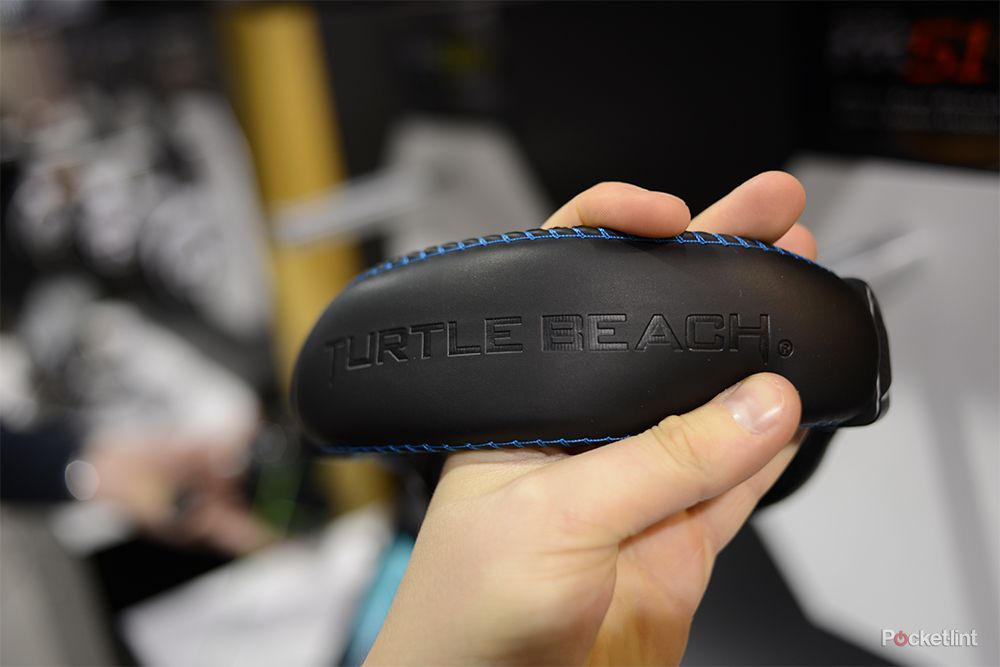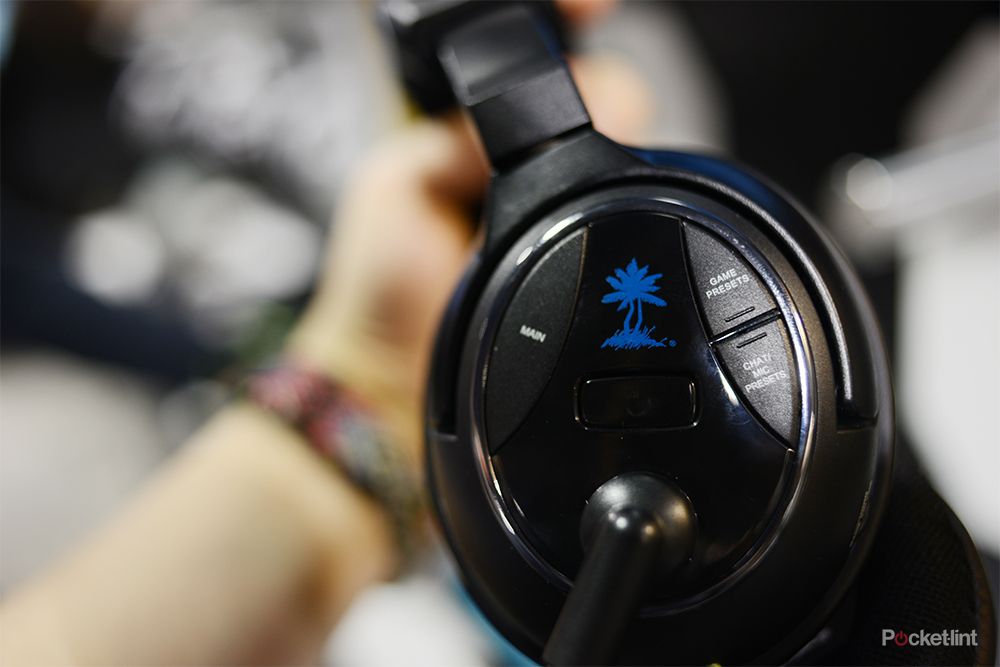Turtle Beach updated its premium range of wireless headphones at CES with the PX51 and XP510. The PX51 is designed for the PlayStation 3 and the XP510 is for the Xbox. Apart from the console compatibility difference, they are identical, so for the purposes of simplicity we will look at just the PS3 offerings.
The PX51s pack a DSP (digital signal processor) as well as proper Dolby Digital surround sound, making them as powerful and clear as you would expect a set of premium gaming headphones to be.
That Dolby Digital surround sound works especially well with titles like Call of Duty or, in the Xbox's case, Forza Horizon, where the sound design is particularly good.
You also get a Dual Band Wi-Fi setup thrown in with the headphones. This is important as it gets rid of any possible interference with the headphone's audio from other Wi-Fi networks. Throw in Bluetooth tech as an alternative and you have plenty of ways to keep your headphones wireless.
That Bluetooth also lets you make phone calls with the headphones as well as chat within games without the need for any cables.
Keeping the PX51s ticking over is a rechargeable lithium polymer battery. The headphones are charged in the usual Turtle Beach manner, by placing them directly on to their dock. From a single charge you should get about 15 hours of gaming.
As for build quality, Turtle Beach does a good job of putting products together that suit the gaming style, yet are still tough and durable. The integrated preset buttons and volume knob on either headphone are well designed. That contrast between matte plastic and the shiny black of the earphone itself is also a nice touch.
The PX51s come with blue stitching on their comfortable top headband, whereas the XP510s feature green stitching to match up with the Xbox. Expect to pay £249 for the XP510 and £229 for the PX51. Both sets will be available in the first quarter of 2013.




